-

-

-

-

-

Domaine Rougeot Pere & Fils
Domaine Rougeot Pere & Fils Bourgogne Passetoutgrain Les Vercherres Sans Sulfites 2023 750ml
$47.99 -

Domaine Rougeot Pere & Fils
Domaine Rougeot Pere & Fils Bourgogne Rouge Cote d'Or Les Vaux 2022 750ml
$56.99 -

Domaine Rougeot Pere & Fils
Domaine Rougeot Pere & Fils Bourgogne Blanc Cote d'Or Les Grandes Gouttes 2022 750ml
$61.99 -

Domaine Rougeot Pere & Fils
Domaine Rougeot Pere & Fils Bourgogne Cote d'Or Les Grandes Gouttes 2022 1.5L
$104.99 -
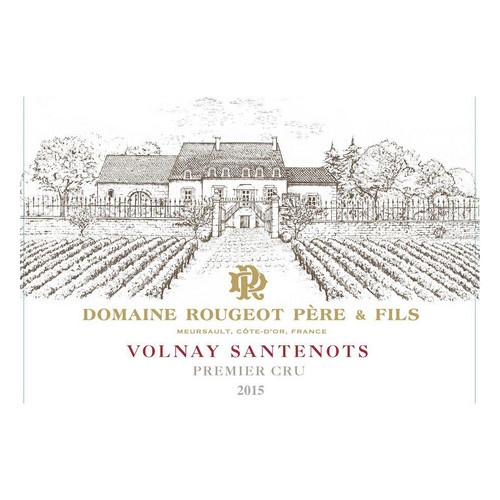
-
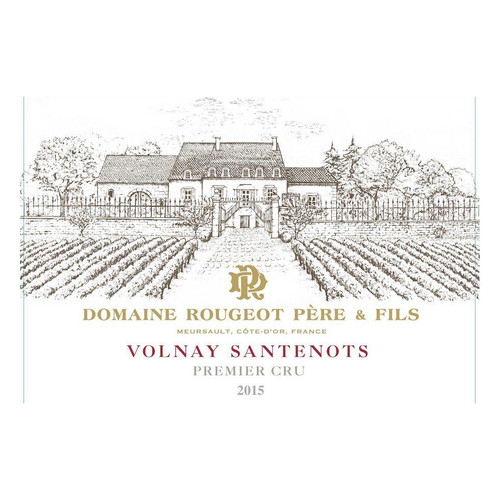
-

-
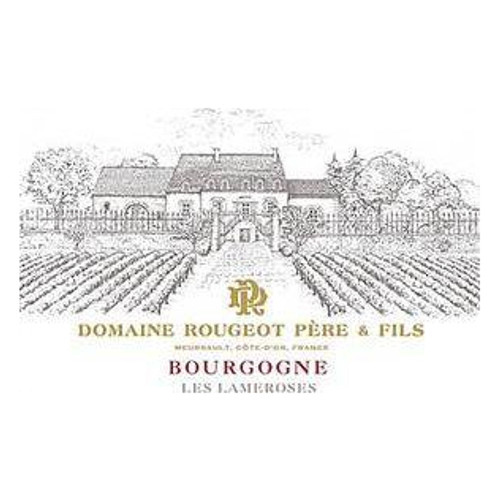
-
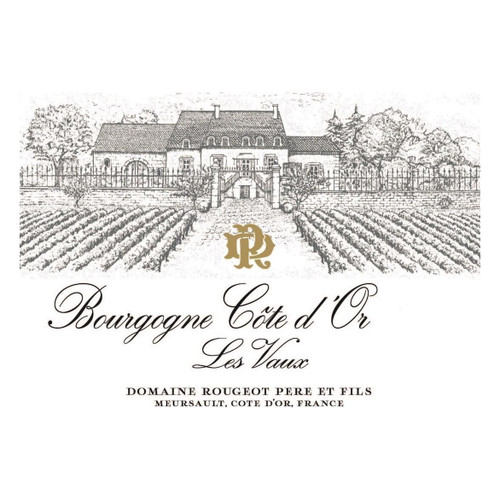
Domaine Rougeot Pere & Fils
Domaine Rougeot Pere & Fils Bourgogne Cote d'Or Les Vaux 2021 1.5L
$119.99 -

Domaine Rougeot Pere & Fils
Domaine Rougeot Pere & Fils Meursault Premier Cru Charmes 2021 3L
$791.99 -

Domaine Rougeot Pere & Fils
Domaine Rougeot Pere & Fils Meursault Premier Cru Charmes 2021 1.5L
$356.99 -

-
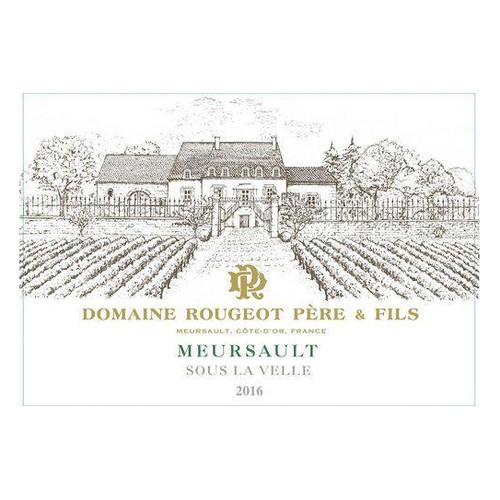
-

Domaine Rougeot Pere & Fils
Domaine Rougeot Pere & Fils Bourgogne Cote d'Or Les Grandes Gouttes 2021 3L
$311.99 -
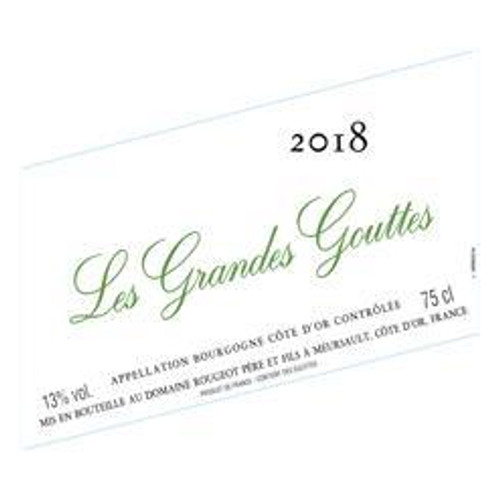
Domaine Rougeot Pere & Fils
Domaine Rougeot Pere & Fils Bourgogne Cote d'Or Les Grandes Gouttes 2021 1.5L
$101.99 -

Domaine Rougeot Pere & Fils
Domaine Rougeot Pere & Fils Bourgogne Cote d'Or La Monatine 2021 1.5L
$116.99

Domaine Rougeot
I say "unexpected", because never have I come across this amount of power from a Passetoutgrains.
Passetoutgrains is a French AOC from Burgundy, specifically from the Côte de Beaune and Côte de Nuits regions, always one of the great values of the region. "Passetoutgrains", literally translates to "pass everything", referring to the practice of blending both Pinot Noir and Gamay. This blend of the two grapes usually creates a wine that is light, fruity, and approachable.
Not when it's Rougeot's.
I've had my fair share of Passetout, i mean, it IS the most affordable red wine in Burgundy proper after all. But after having Rougeot's, I can firmly say that there is not another Passetout in existence that offers this much complexity, power and precision. While Rougeot's is not the least expensive of the appellation--It's otherworldly, and it's downright flabbergasting. Vivid notes of purpley-black and earthy fruit, almost a lavender/pepper/tapenade side to it that brings me to the robust and flowery edge of Northern Rhone Syrah. Chewy dark fruit but oh so drinkable with the oomph to pour this with your next steak dinner, burger, pizza or grilled just-about-anything--the tannins are generous and there, but oh so soft and ripe. (side note: I don't think it is a fluke of the vintage. This is now my third occasion drinking Rougeot's Passetout, all from different vintages through the years, and each one has had the same effect on me--mindbending.
I had the a bottle of the Bourgogne Rouge "Les Vaux" as well, and while less animale and powerful than the Passetout, it was no less amazing. It righted the ship when it came to my now completely blown up expectations of Rougeot, taming the unwarranted beastly expectations I had after his Passetout, but still offering SO much more than your average Bourgogne rouge. It was dense and powerful, earthy and textured, but with the beautiful elegance expected from Pinot Noir. This was a Bourgogne that drank well above it's appellation, better than most Village level Burgundies.
The two wines side by side offered what I think are top tiers for these two appellations. All I can really say is that both felt ALIVE.
Domaine Rougeot, located in Meursault, has been producing wine for five generations. In the 1960s and 1970s, under Hubert Rougeot. Hubert's son, Pierre-Henri Rougeot, now the sixth generation winemaker, returned to the Domaine in 2010 after traveling across France working for a cooperage selling French oak barrels. It was during these years of traveling to the Loire, Beaujolais and Languedoc, meeting winemakers at tiny domaines, where he really learned how to capture a sense of place through their vineyard management and winemaking styles. He came home, initiated a transition to organic farming of his family's vines (now almost certifed bio), with official certification achieved in 2018. He also learned the correct usage of sulfur, understanding that it is more powerful than many think, often overused and quick to strip a wine's true character...often used as a crutch for incorrect, lazy vineyard management, where chemicals and synthetics completely obliterate the soil and vines ability to stay healthy on their own.
This kind of pragmatism is the leading force at Rougeot: vineyard care takes precedence; stable, high-quality wine comes next; then sulfur is considered—throughout eight or nine months of élevage, as all vinification has taken place entirely sans soufre (no sulfur), Pierre-Henri will taste each wine from barrel to see if any require a small application of SO2; oxidization and high amounts of volatile acidity aren’t tolerated. But whenever Pierre-Henri sees barrels and cuvées that seem excellent and stable, the preference is to bottle them with nothing added. The domaine has two labels, therefore; a more classical-looking label depicting the domaine indicates those wines with small amounts of SO2 added; a diagonal, flag-shaped label represents those wines made with none.
The estate's 12.6 hectares produce wines across several appellations, including Meursault, Monthélie, Saint-Romain, Pommard, and Volnay. Notably, the 18th-century stone cellar, originally built for the Hospices de Beaune, was purchased by Pierre-Henri's great-great-grandfather in the 19th century.
Wines arrive this week.
Shipping and store pickup available as always. Email us back or call 607-319-0500 with any questions.